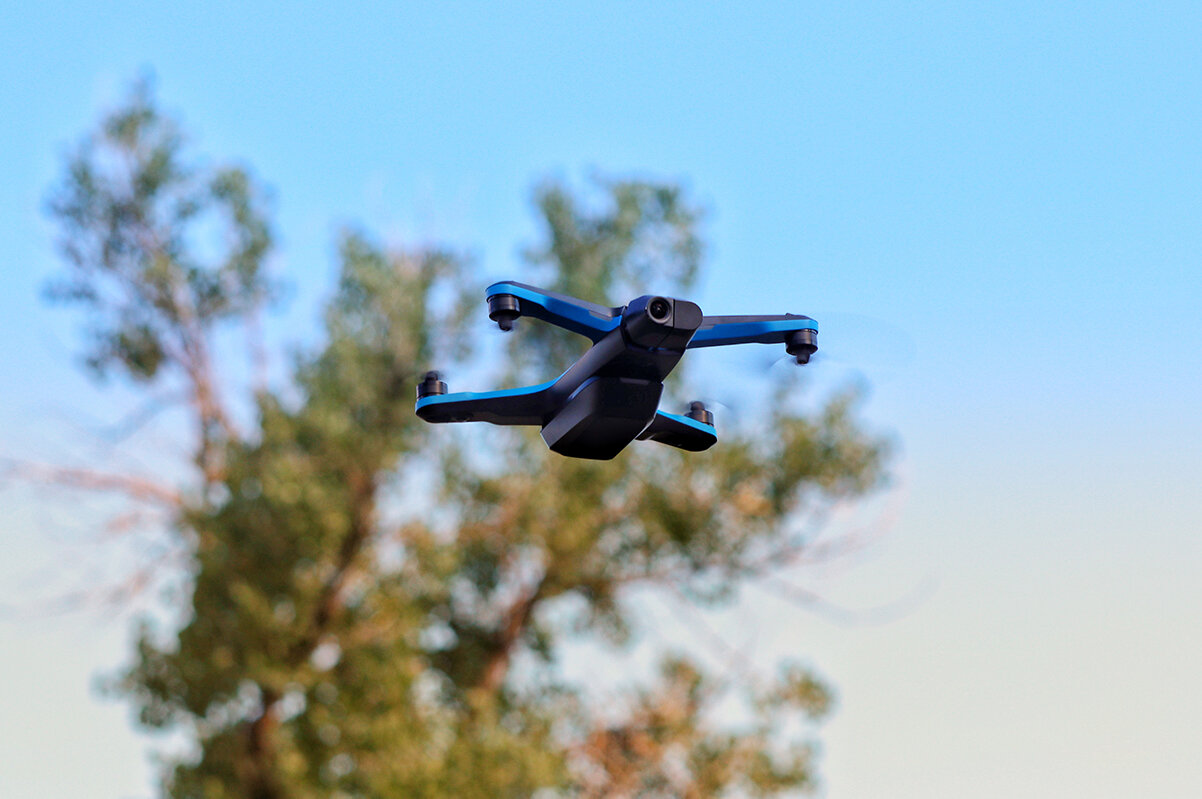Solar CEOs say Having Drone Experience Could Earn Surveyors Up to $14,000 More Per Year
Finding a good solar site surveyor (also known as a site assessor / auditor) is tough. They’re expected to review and procure an extensive list of requirements, including roof dimensions, tilt and azimuth, and shading information. The manual surveying methods are inefficient even for the best: good surveyors can get 3-4 sites done per day, taking an average of an hour per site plus travel time. But with a drone, surveyors can get up to 5x more surveys done per day. The current Scanifly record is held by a surveyor who completed 26 surveys in a single day. And since drones are just as accurate as manual measurements, if not more, they are hugely valuable to growing solar companies.
But while the business benefits are clear, there are several lingering questions for an individual surveyor: (1) how do you obtain a Part 107 license, (2) how can you learn how to fly drones, (3) what does it cost, and (4) what is the drone ROI for learning how to fly?
Hint: According to job postings, all Sunrun Site Survey Technicians are required to “safely perform sUAS (drone) operations in residential areas that are FAA approved” and “must become a FAA Part 107 licensed” drone pilot within 90 days of employment. Let’s explore more!
Three financial inputs a surveyor needs to consider
-
To get your Part 107, we recommend using a curriculum provider. We have partnered with the Drone Pilot Ground School, which costs $200. HeatSpring, Udemy or free YouTube videos have also worked for people. We recommend using 10-15 hours to prepare for the exam.
-
The Part 107 exam is a 60-question test, which you take at a local FAA station or airport and costs ~$175. You can study and pass the exam in a week if you work quickly.
-
The cost of drones acceptable from solar site surveying ranges from $500 to $2,000. Learning how to fly drones can take about 1-2 weeks of consistent practice (a few hours a week). This will allow you to get comfortable with drones and learn the basic parameters of drone piloting. This can also be done in an afternoon with some help.
What’s the Drone ROI for surveyors?
To determine whether earning a Part 107 and learning how to fly drones could generate a financial return, we contacted a handful of Scanifly customers and asked them for their perspectives – and pay rates – for:
-
Surveyor who works manually.
-
Surveyor who has a Part 107 but no flying experience.
-
Surveyor who has a Part 107 and drone flying experience.
It turns out that learning how to fly drones can be a lucrative investment. Spending a few weeks and basic exam and study fees could net you more than $1,000 more per month in wages.
| Surveyor with no drone skills | Surveyor with a drone license but no drone experience | Surveyor with a drone license and flying experience | |
| Average Hourly Wage | $16 – $19 | $18 – $20 | $20 – $23 |
| Est. Annual Salary | $32,000 – $38,000 | $36,000 – $40,000 | $40,000 – $46,000 |
| Annual Difference | – | $4,000 – $8,000 | $8,000 – $14,000 |
Note: Estimated annual salary is based on a 40 hour work week, working 50 weeks per year. These are averages, though high cost of living in cities like New York City can report wages as high as $26 per hour if you have a drone license and flying experience.
What solar professionals say about compensation
On top of asking for dollar amounts, we asked people the reasons behind their decision. Here’s what they told us:
“We estimate that a site surveyor who had a drone pilot’s license and flying experience would earn about $3 more per hour, or about $6,000 more in base salary, compared to someone without a license or experience.”
– Daniel Castano, the head site surveyor and drone pilot at Namaste in Colorado
“A manual surveyor might make $17-$19 per hour. If they have some drone experience, they make a bit more (around $18-$20 per hour). If someone has drone experience and can do the rest of the survey, that’s when pay goes up to $20-$22 per hour. And all of these include health care, PTO time, vacation time and 401k.”
– Mark Hagerty, president of Michigan Solar Solutions in Michigan
“A regular manual surveyor with ladder, tape and SunEye = $18-21/hr. A surveyor with drone license but no flying experience = $21-24/hr. And a surveyor with a license and extensive drone flying experience = $25+ per hour.”
– A field manager for a national solar contractor
Drones are becoming the norm
Similar to the aforementioned Sunrun job posting, a few of the executives we spoke with said that drones are becoming the norm for solar – so learning how to fly them is a requirement of the job.
“To be honest, we’re not entertaining hiring anyone that can’t use a drone, with the exception of someone with a lot of manual surveying experience who is willing to learn to fly drones, then we’ll teach them. In my view, it’s part of the job description these days.”
– Rand Manasse, Sunrise Solar Solutions in New York

“Having drone experience vs. not having any would probably be a couple dollar difference. However, what really matters is installation experience. The drone and controller do most of the work, so it would be different if they were bringing more than just drone flights to the table.”
– Kevin Love, co-owner of Atlasta Solar Center in Colorado
I am a firm believer in cross-training. Since it is an individual license, I cover the cost of the Drone Pilot Ground School for my employees and reimburse the exam fee after passing (I have not had anyone fail so far). Having my journey level electricians trained to fly, I significantly reduce the number of change -orders and time spent on-site conducting a complete assessment. They can conduct a thorough electrical evaluation AND the detailed structure/shading analysis in half the time of a conventional survey. That also enhances safety without work performed from an elevated position and removes the requirement to send two employees for risk mitigation. (I don’t allow employees on rooftops alone as part of my safety plan).
– Tim Wachtman, Sr Operations Manager @ CapStone Solar in Washington
“Applying for an site surveyor position with drone flying skills and experience absolutely gives candidates a leg up on candidates without it. We have found that experienced licensed drone pilots can easily adapt to the Scanifly procedure and software which significantly reduces the on-boarding timeline.”
– Garrison Carafa, solar engineer at EmPower Solar in New York

Drones are the future of solar and help industry DEI
Teaching drone flying is also a way to make the industry more inclusive. Typically, solar surveying is a “young man’s game” due to the physically strenuous nature of the job. Because drone pilot work is easier on the body and more efficient, teaching surveyors, designers, and even salespeople to use drones will open up these roles to people of different ages and abilities. Drones level the playing field for who can work in the solar industry and create pathways for better diversity, equity and inclusion, especially for individuals with physical disabilities or from under-resourced and minority communities.
Despite drone knowledge increasingly becoming the industry standard, only approximately 16% of the industry has drone experience and fewer than 1% have licensing. For executives at Scanifly, after completing both NABCEP and SEI training, we advocate that all field operators – not just site auditors – be trained on drones as a way to advance their careers and command a higher salary.






